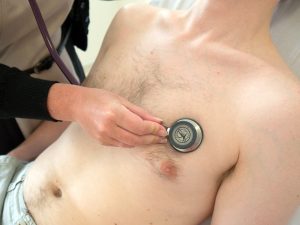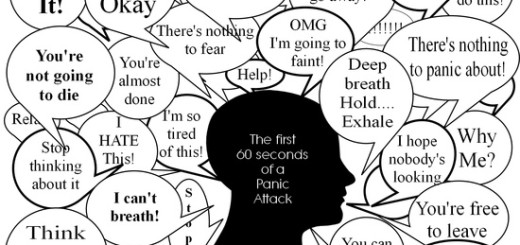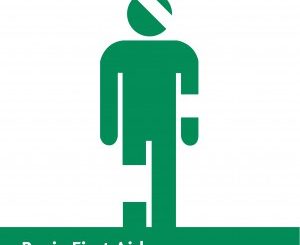A complete guide to auscultating breath sounds

In this blog post we look at some of the common abdominal sounds you may hear when auscultating the chest.
Normal Breath Sounds
-
Normal breath sounds are muffled because air in the alveoli filters the sound.
-
Expiration is shorter and softer than inspiration.
-
Normal breath sounds are quieter in the base than in the apex because the greater volume of the lung bases filters the sound further.
Abnormal Breath Sounds.
- Diminished breath sounds are associated with reduced airflow to a particular part of the lung. This could be associated with obesity, poor positioning or if the patient is unable to deep breathe due to poor pain control etc. Absent or diminished breath sounds could also be an indication of the late stages of acute respiratory distress syndrome, asthma, atelectasis, emphysema, pleural effusion, pneumothorax and lung collapse.
- Crackles are discontinuous “popping” type noises, heard more commonly on inspiration. They can be defined as fine (high pitched, soft, very brief) or coarse (low pitched, louder and less brief). When listening to crackles pay special attention to their loudness, duration, pitch and the timing in the respiratory cycle. Early crackles may indicate secretions or COPD, if heard in the middle of inspiration this might indicate bronchiectasis and if heard late on inspiration may indicate atelectasis, pneumonia, pulmonary oedema, or fibrosis.
- Wheeze, this is normally a continuous, high pitched, hissing noise normally heard on expiration but sometimes on inspiration. Note when the wheeze occurs and if there is a change after a deep breath or a cough. An expiratory wheeze combined with prolonged expiration, is usually caused by bronchospasm. If a wheeze is heard on inspiration and expiration this would indicate obstruction and may be caused by sputum, mucosal swelling, pulmonary oedema or foreign body. A wheeze is commonly heard in patients with asthma, chronic bronchitis, COPD.
- Stridor is an inspiratory musical wheeze heard loudest over the trachea during inspiration. Stridor suggests an obstructed trachea or larynx and therefore a medical emergency that requires immediate attention.
- Pleural Rub this is a creaking sound similar to that produced when walking on snow. This sound can generally be localised to a particular place on the chest and is heard during both inspiration and expiration. Pleural rub may indicate pneumonia, pleurisy, pleural effusion or pneumothorax. This would be confirmed by chest x-ray and/or ultrasound.
- Bronchial breathing is a sound that is distinguished by a hollow blowing quality on expiration, long expiration and a pause between inspiration and expiration. It is heard over consolidation, which acts acoustically like a lump of meat in the lung, the solid medium transmitting sounds more clearly than air-filled lung. Bronchial breath sounds indicate loss of functioning lung volume.





